World 🢖 Europe 🢖 Latvia 🢖 Latgale
Churches 🢔 Religious architecture 🢔 Architectural wonders 🢔 Categories of wonders
Wonder
Aglona Basilica and monastery
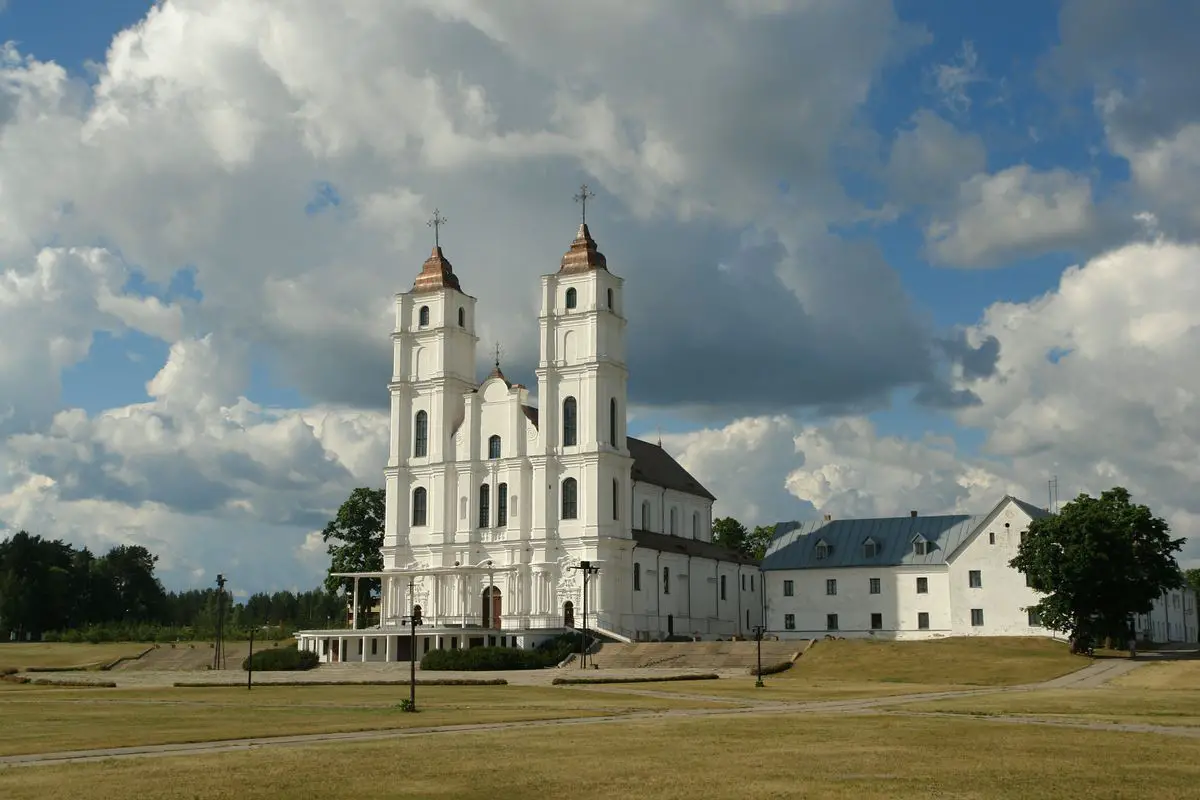
 In short
In short
The main pilgrimage church for the Latvian Catholics is Aglona Basilica. This Baroque church with Rococo interior was constructed in 1768 – 1780.
 44.1%
44.1%
GPS coordinates
Name in Latvian
Architectural style
Year of construction
Branch of Christianity
Height
Map of the site
If you see this after your page is loaded completely, leafletJS files are missing.
 In detail
In detail
History
Before the church
Area around Aglona has been inhabited for millennia and it is assumed that in Aglona or close to it was located an important paganic shrine of Latgallians. We could be tempted to assume that this shrine was at Aglona Sacred spring – formerly powerful spring next to the Basilica – but there is no evidence to support this hypothesis. The healing properties of this spring were recognized in 1820 and there was built even a small hospital. Earlier the water of this spring was mineralized but now the spring emits just a plain, good water.
There is also a fake myth about the assassination of the influential king of Lithuania Mindaugas in Aglona in 1263 – the location of this event is not known but this definitely was not in Aglona.
The first wooden church
The first church was built there in the times of Inflanty Voivodeship when the contemporary Latgale was a part of the extensive Polish–Lithuanian Commonwealth. Then, in 1697 the owner of Aglona manor Ewa Justyna Szostowicka invited the Dominican Order in Vilnius to create a monastery and school in Aglona. Local landlords donated the land and promised to build the church and other premises for 12 monks (1).
The wooden church was built in 1700. It was consecrated only in 1751 and devoted to the Assumption of the Blessed Virgin Mary.
The current church and monastery
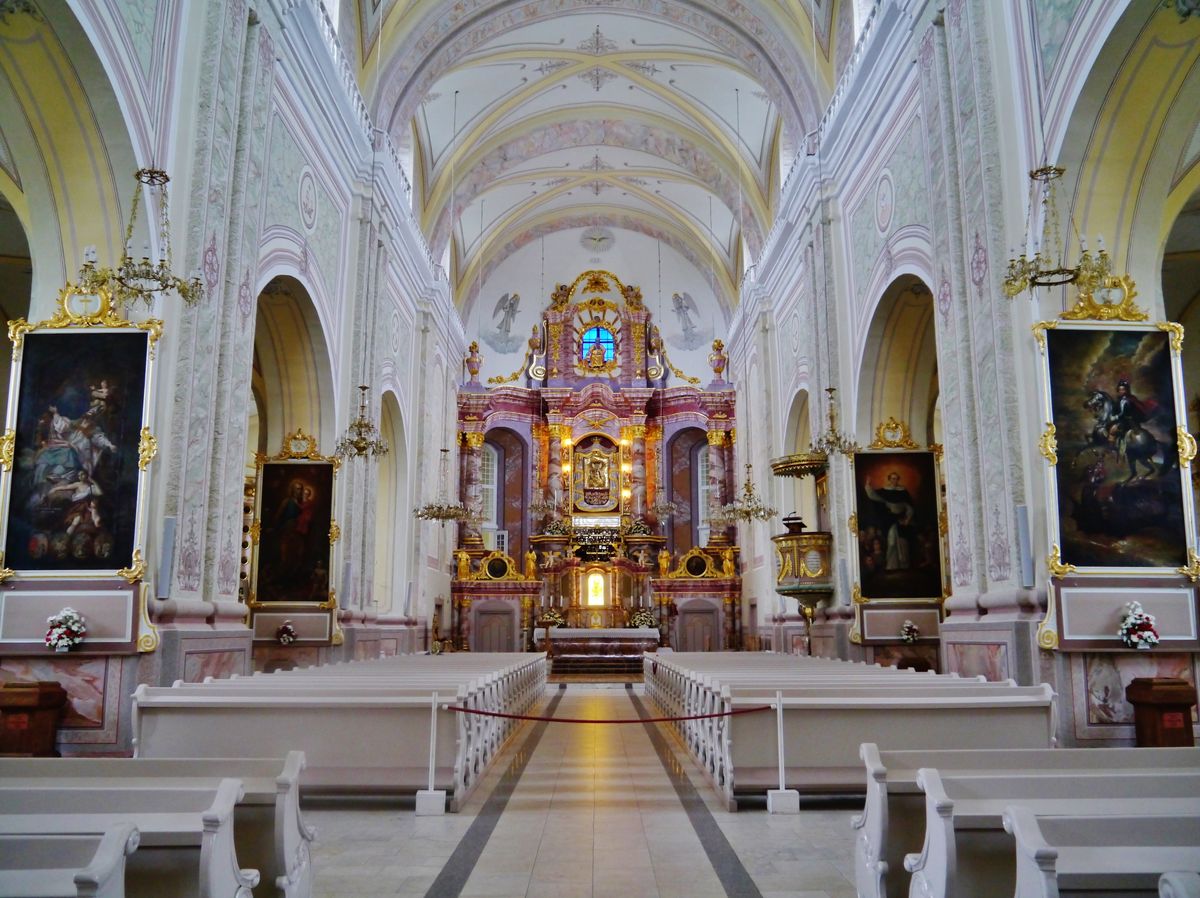
In 1762 the Dominicans decided to build a new stone monastery and some years later – in 1767 – also a new stone church. The reason for this is not entirely clear – it is possible that the wooden church suffered in the fire.
In 1768 the old wooden church was demolished and the construction of the new church and monastery was started. There was made a temporary church where the relics were placed.
Construction works were completed in 1780 but the creation of embellishments continued for decades after that. In the meantime, Latgale became a part of the Russian Empire.
The monastery with the 4-years school was completed at this same time.
The church was consecrated in 1800. In 1820 the monastery got a new status – there were taught future clergy, an extensive library was created.
Unfortunately, soon the Russian Empire started repressions against the Catholic Church. The schools were closed in 1833. Monastery continued to operate until the end of the 19th century but in many respects, it was more like a prison for monks as their interaction with other people was heavily limited.
20th century
With the independence of Latvia (1918) the activities of the Catholic church were renewed and the educational activities restarted.
In 1940 under the Soviet occupation the church and monastery became state property, the church and the clergy suffered during World War II.
After the war, under the Soviet occupation, monastery activities were forbidden. Nevertheless, a group of nuns secretly arrived there from Riga under the disguise of other professions and continued the spiritual rituals.
The premises of the monastery were turned into offices, apartments, gardens were replaced with garages and sheds.
In 1960 a major part of the invaluable monastery library was burned. Just a small part of the books and manuscripts were preserved – shipped to Riga and also hidden in one of the church towers and rediscovered in the 1990ies, after the Soviet occupation.
Soviets tried to stop the tradition of a yearly pilgrimage – the sacred spring was covered with soil, public transport was closed, it was forbidden to walk or drive to Aglona. The yearly festivity on the 15th of August continued, but, of course, it had a limited scale due to harsh limitations and constant fear of repressions from the authorities.
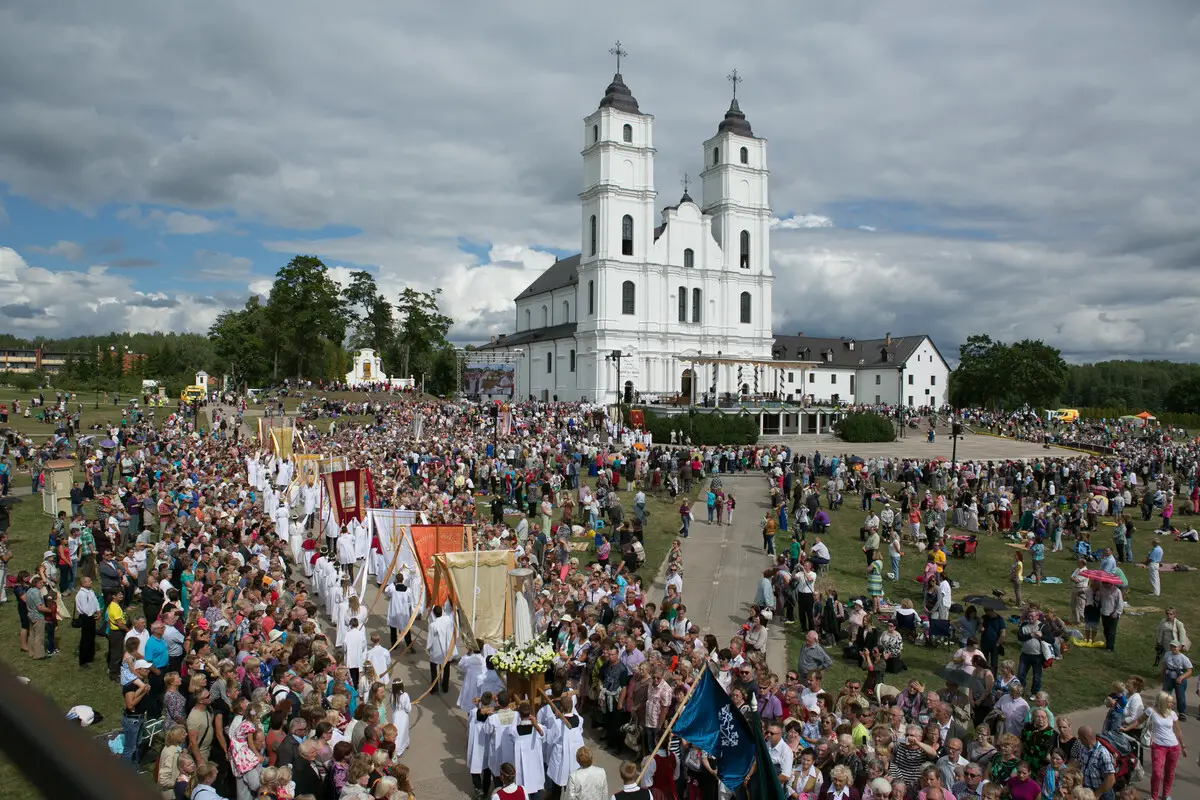
In 1980 Pope John Paul II granted the status of a minor basilica – thus Aglona Basilica is the only basilica in Latvia up to this day.
With the national awakening and the collapse of the Soviet Union the pilgrimage tradition renewed and acquired a mass scale unseen before.
A major event was the visit of Pope John Paul II in 1993 – before this, the exterior of the church and landscape around it were reconstructed. The interior was renovated from 2011 to 2013.
The icon of “Our Lady of Aglona’s Miracle”
The most valuable relic in the Basilica is an icon of Our Lady. Its age and origin are not known – most likely it was brought there already with the founding of the monastery. By its style, the icon could be made in the late 17th century in the vicinities of Vilnius.
Since 1875 the painting is protected with an ornate gold-plated silver shield – a work of art by itself. In the shield are left openings for the faces and palms of Our Lady and Child.
During the night the icon is covered with another painting that is removed before the morning worship.
Many miracles have been attributed to Our Lady of Aglona since the 18th century and new stories about wonders (mostly – cases of miraculous healing) continue also in the 21st century.
References
- Aglonas Vissvētākās Jaunavas Marijas debesīs uzņemšanas bazilika, the official site. Accessed on January 25, 2022.
 Linked articles
Linked articles
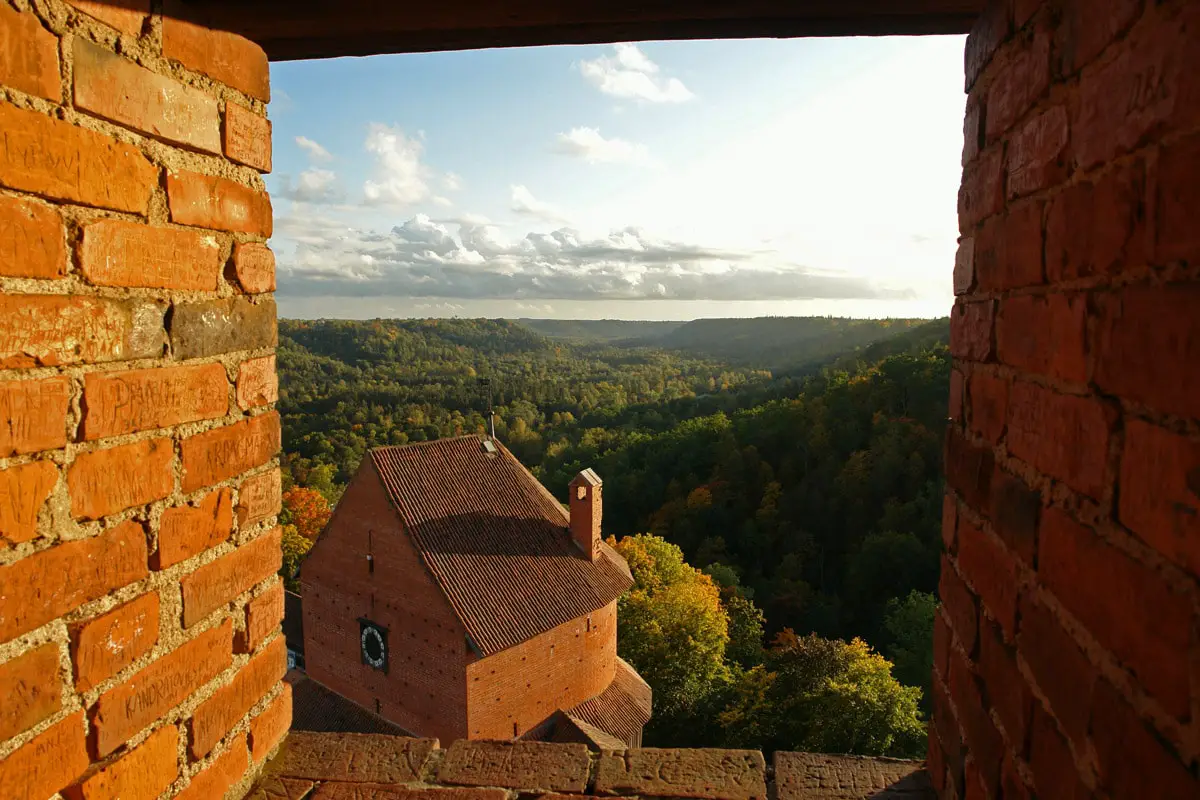
Wonders of Latvia
Highlights of Latvia are the rich architectural heritage in Riga City, numerous palaces, country houses, and castles.
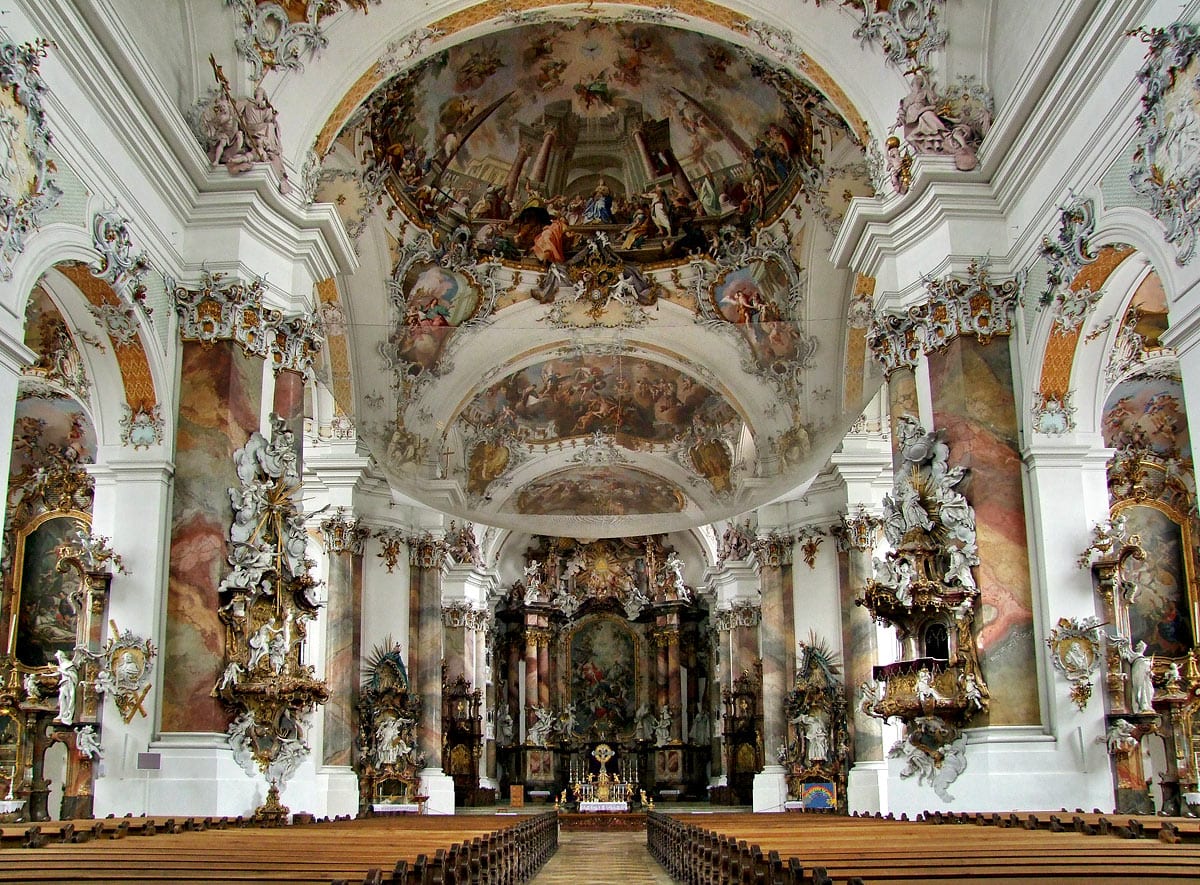
Churches
Throughout the millennia Christian churches have been the epitome of architecture and arts achievements in Western culture.
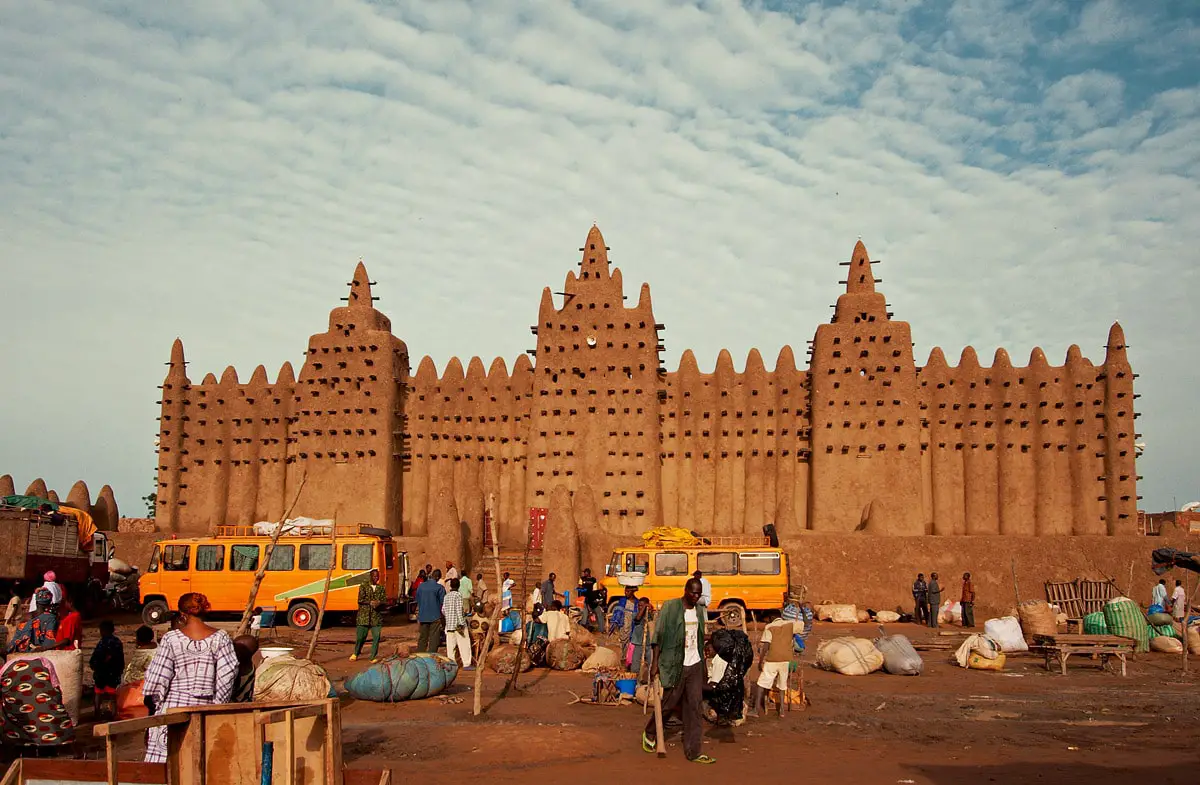
Religious architecture
Since ancient times human talents and skills have been expressed in religious architecture and arts, and traditions and rituals have evolved around pilgrimage sites. Religious buildings represent a major part of the highest achievements in architecture and crafts.
 Recommended books
Recommended books
Image and Pilgrimage in Christian Culture
First published in 1978, Image and Pilgrimage in Christian Culture is a classic work examining the theological doctrines, popular notions, and corresponding symbols and images promoting and sustaining Christian pilgrimage. The book examines two major aspects of pilgrimage practice: the significance of context, or the theological conditions giving rise to pilgrimage and the folk traditions enabling worshippers to absorb the meaning of the event.


